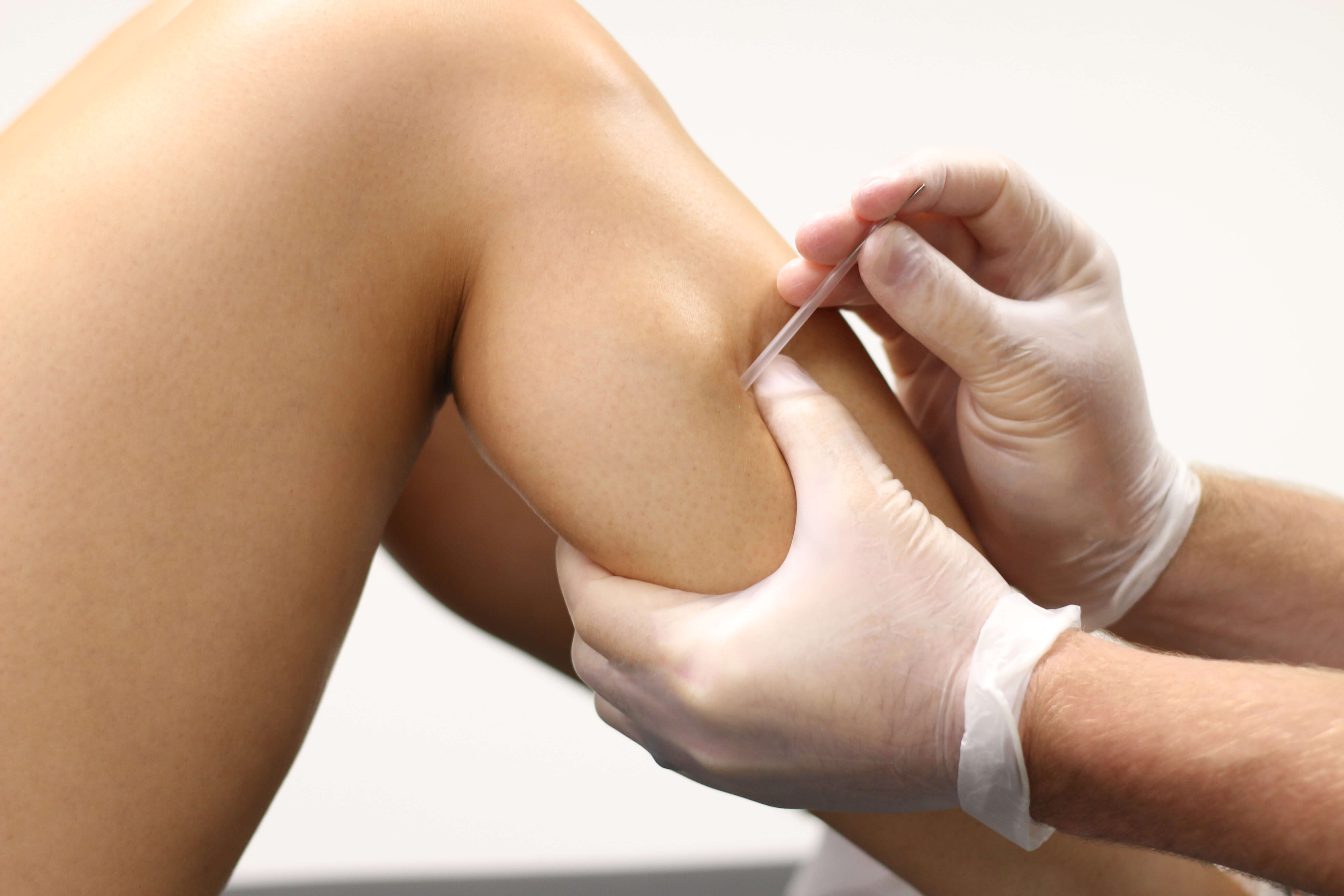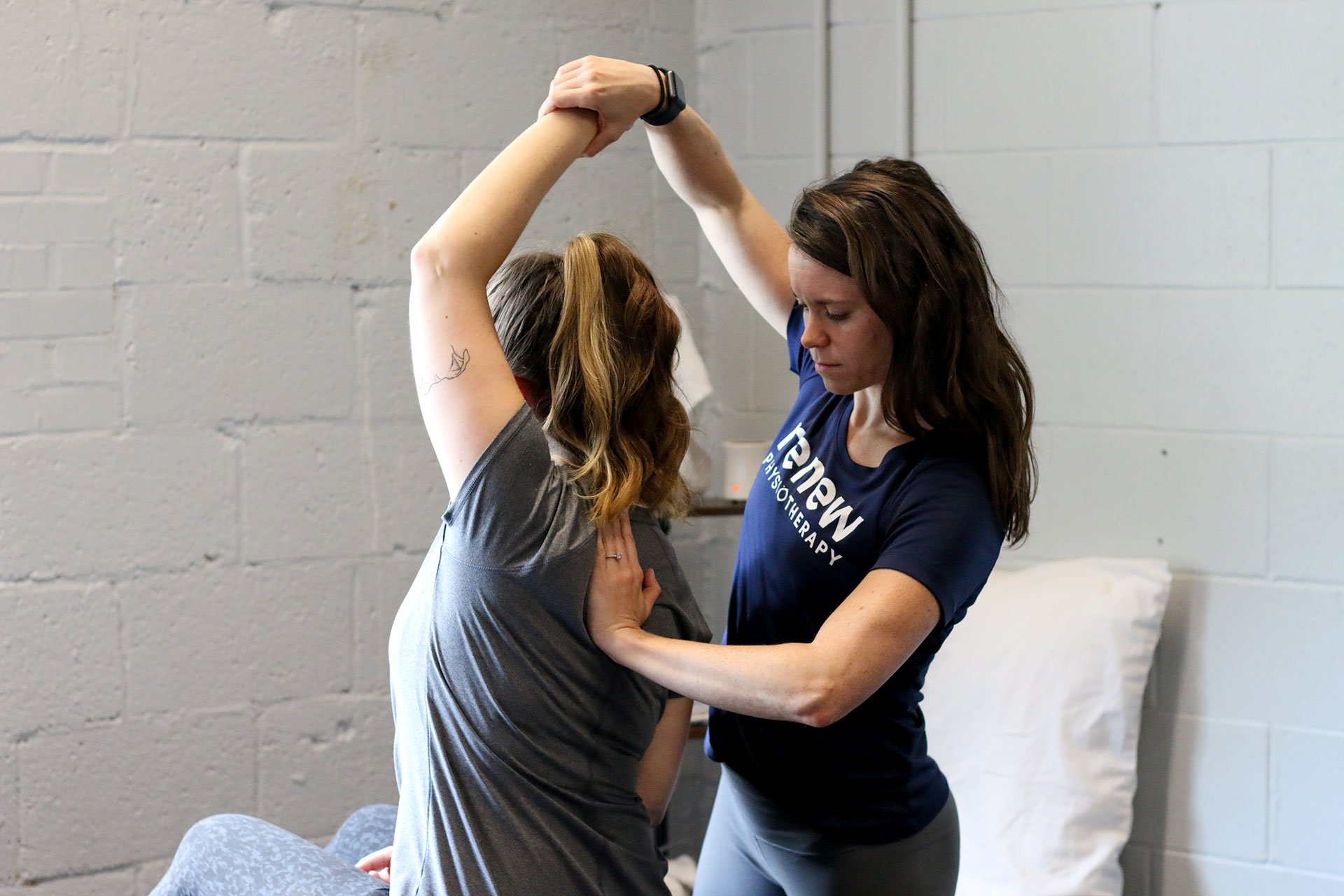What is Dry Needling Therapy?
Dry needling is a technique for managing pain that has gained popularity among physical therapists. The primary goal of dry needling therapy is to reduce pain, increase range of motion, and improve the patient's overall quality of life.
The treatment involves inserting a short, thin needle into a specific area of the body to relieve stiffness and tension. Some of the most common trigger points are hamstrings, calf muscles, IT band, quadratus lumborum (the deepest back muscle), and upper trapezius muscles.

Benefits of Dry Needling
Dry needling has become a popular alternative for those looking to relieve pain without drugs. It helps relax the muscles, reduces inflammation, and boosts blood flow to trigger a healing response. Some of the most common benefits of dry needling include:
- Reduce muscle tension and pain
- Improve range of motion
- Decrease inflammation
- Stimulate blood flow to muscle tissue
- Accelerate recovery
What conditions does dry needling treat?
Dry needling is often used to treat musculoskeletal injuries, migraines, and chronic pain. Here are some of the most common conditions we treat using dry needling at Renew Wellness:
- Acute Sprains and Strains
- Muscle Spasms
- Headaches
- TMJ
- Shoulder Pain and Rotator Cuff Injuries
- Tennis Elbow
- Plantars Fasciitis
- Low Back Pain/Sciatica
- Chronic Pain

NEW PATIENT SPECIAL
Get your first visit for free!
Want to learn more about our services and treatments? Provide your information below to claim a free 20-minute screening!
Reviews
Real Results from Renew
Need more information? Frequently Asked Questions
Is dry needling like acupuncture?
Dry needling focuses on trigger points, which are usually a specific tissue or muscle. Acupuncture focuses on your body as a whole instead of focusing on specific areas. The other major difference between dry needling and acupuncture is that dry needling is performed by a physical therapist that is certified in the procedure.
Does dry needling hurt?
While the name can be intimidating, the procedure results in minimal discomfort for the patient. The needle used is very thin, but some muscles may have a twitching response during treatment and cause some discomfort. Some patients may experience muscle soreness after their session. We recommend that patients stay hydrated after treatment and use a heating pad to help with post-session soreness.
Can anyone perform dry needling?
Dry needling is performed by physical therapists that are certified in the procedure.
Why is it called dry needling?
The treatment is called dry needling because the needles are used to stimulate the tissue or muscle and not to inject medicine into your body. This is one of the reasons for dry needling's rise in popularity as many people are searching for pain relief without relying on short-term fixes like ibuprofen.
What causes trigger points?
Trigger points form in response to increased or altered muscular demands, or prolonged muscle contraction.
How long does it take to see results?
Each individual will have different responses to dry needling therapy. Positive results can typically be seen within 2-4 sessions. But many patients notice an improvement in their overall movement and range of motion after just one session.
Does dry needling help with headaches?
Yes! Dry needling in your traps can help relieve tension and knots that often cause headaches.







.png)
.png)
.webp)